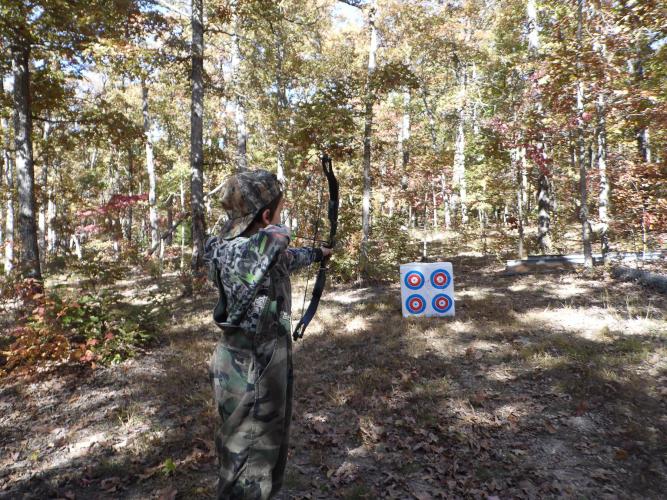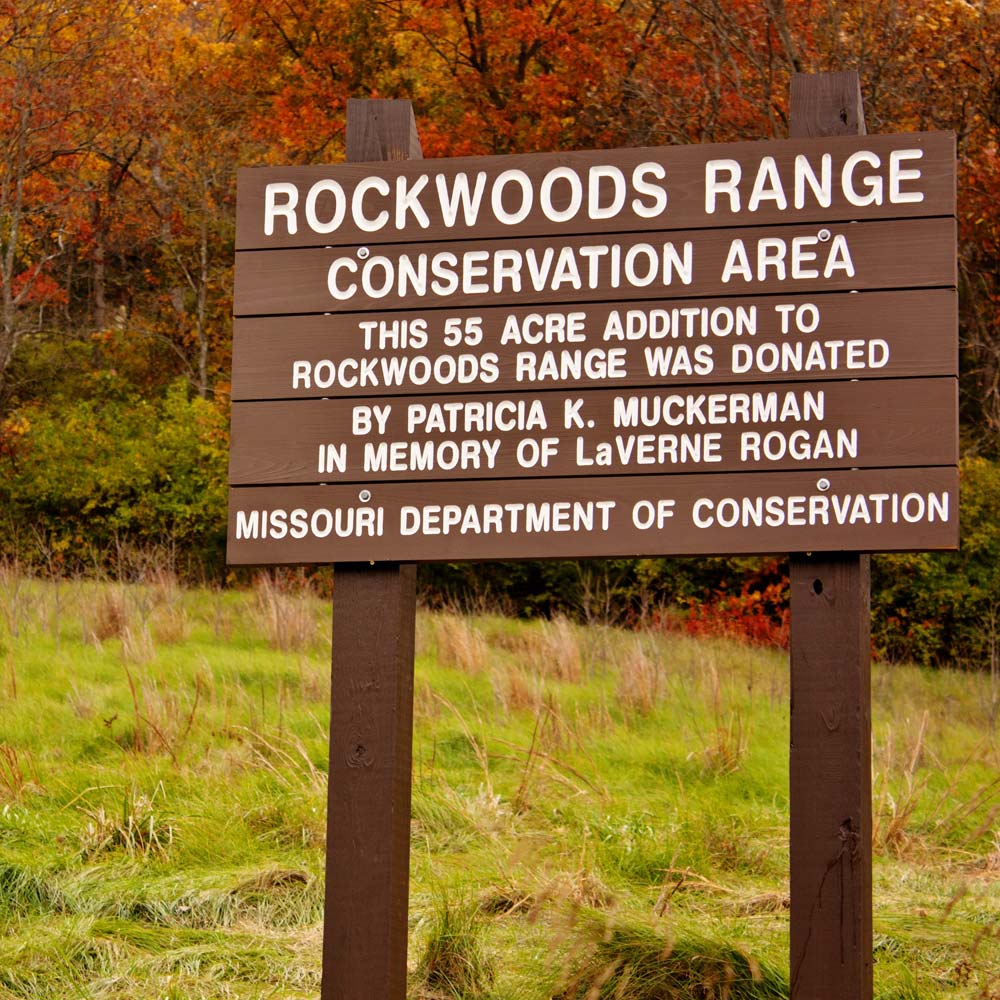
Xplor reconnects kids to nature and helps them find adventure in their own backyard. Free to residents of Missouri.


































Stay in Touch with MDC news, newsletters, events, and manage your subscription

Xplor reconnects kids to nature and helps them find adventure in their own backyard. Free to residents of Missouri.

A monthly publication about conservation in Missouri. Started in 1938, the printed magazine is free to residents of Missouri.




El Dorado Springs, Mo. -- Squirming grubs are a good sign for a project to restore the endangered American burying beetle to the Wah’Kon-Tah Prairie north of El Dorado Springs. Crews from the Saint Louis Zoo, Missouri Department of Conservation (MDC) and the U.S. Fish and Wildlife Service released zoo-raised beetles at the prairie on June 5. A male and a female were placed in sod-covered holes together in hopes they would lay eggs and raise young.
American burying beetles are extremely unique among insects because both parents help feed and raise the young. They are large, white grub worms in the larval stage.
On June 15, zoo staff removed sod plugs at some of the 150 sites where beetles were released.
“I’m very happy to report that we excavated successful broods,” said Bob Merz, director for the Center For American Burying Beetle Conservation at the Saint Louis Zoo.
Merz said 27 of the 39 sites checked had larvae, so the American burying beetles are reproducing as hoped. With that success rate, he hopes more than 1,185 adults could emerge in mid-August.
The large, black and orange carrion beetles have not been found on Missouri wild lands since the 1970s. Once found in 35 states, they were known in only six states before this release. The reason for their decline nationally is not known.
American burying beetles released at Wah’Kon-Tah are classified as a non-essential, experimental population by the U.S. Fish and Wildlife Service. The only restriction is that they cannot be captured and sold. There are no land use rules regarding their presence on private property. They do not affect crops or livestock in any way.